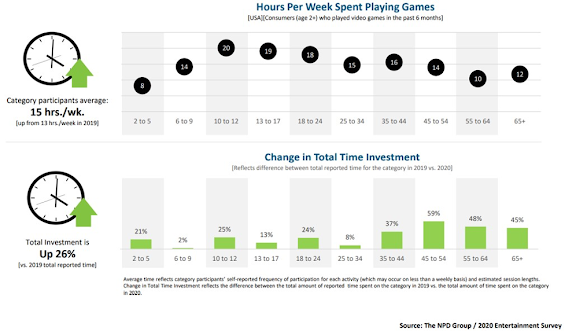Why did renewables become so cheap so fast?
For the world to transition to low-carbon electricity, energy from these sources needs to be cheaper than electricity from fossil fuels. The fundamental driver of this change is that renewable energy technologies follow learning curves, which means that with each doubling of the cumulative installed capacity their price declines by the same fraction.
The learning rate of solar PV modules is 20.2%. With each doubling of the installed cumulative capacity the price of solar modules declines by 20.2%. The high learning rate meant that the core technology of solar electricity declined rapidly. The price of solar modules declined from $106 to $0.38 per watt. A decline of 99.6%.
The made-in-Canada carbon solution we refuse to promote
Replacing China’s coal with our liquefied natural gas (LNG) would be equal to taking 80% of all cars off Canadian roads.
Exporting LNG to displace coal is a powerful way for Canada to be a leader in helping reduce global emissions. And yet one of the most perplexing barriers for LNG project sponsors is the fixation of Canadian regulators on the project’s domestic emissions, which are miniscule in comparison with their enormous global reduction.
The impact of replacing coal with natural gas is clearly illustrated south of the border where it has helped drive down U.S. emissions by 14% since 2005.
Stop sending pointless emails, the planet will thank you
Millions of unnecessary emails sent every day, including those that say nothing more than “thanks” are a threat to the planet, scientists believe.
With the 2021 United Nations Climate Change Conference (26th session of the Conference of the Parties) taking place in Glasgow, Scotland next year, organisers are looking at innovative ways to cut carbon emissions — and the footprint left by web users has drawn its attention.
British officials have been particularly taken by research suggesting that, in the UK for example, more than 64 million unnecessary emails are sent every day, pumping thousands of tonnes of carbon into the atmosphere owing to the power they consume.
The carbon footprint of an email comes from the electricity that is used to power the devices on which it is written and read, the networks that transmit the data, and the data centres that store it.
One piece of open source information referred to by officials relates to research commissioned by Ovo Energy last November, which suggested that if each person in the UK sent one fewer email a day it could cut carbon output by more than 16,000 tonnes a year.
The research claimed that would be the equivalent of more than 80,000 people flying from London to Madrid. It found that the 10 most “unnecessary” emails included messages saying only “thank you”, “appreciated”, “cheers” and “LOL”.
Americans of all ages are spending more on video games
An interesting study showing where the increases in time spent playing video games has come from.
Older demographics are turning to games more often as they find themselves with money they can no longer spend on dining out or attending live events.
Spending on video games for Americans 45 years old-to-54 years old increased 76%. People age 55-to-64 increased their spending 29%.
How a once-dismissed idea became a leading technology in the Covid vaccine race
Before messenger RNA was a multibillion-dollar idea, it was a scientific backwater. And for the Hungarian-born scientist behind a key mRNA discovery, it was a career dead-end.
Katalin Karikó spent the 1990s collecting rejections. Her work, attempting to harness the power of mRNA to fight disease, was too far-fetched for government grants, corporate funding, and even support from her own colleagues.
“Every night I was working: grant, grant, grant,” Karikó remembered, referring to her efforts to obtain funding. “And it came back always no, no, no.”
By 1995, after six years on the faculty at the University of Pennsylvania, Karikó got demoted. She had been on the path to full professorship, but with no money coming in to support her work on mRNA, her bosses saw no point in pressing on.
She was back to the lower rungs of the scientific academy.
“Usually, at that point, people just say goodbye and leave because it’s so horrible,” Karikó said. There’s no opportune time for demotion, but 1995 had already been uncommonly difficult. Karikó had recently endured a cancer scare, and her husband was stuck in Hungary sorting out a visa issue. Now the work to which she’d devoted countless hours was slipping through her fingers.
“I thought of going somewhere else, or doing something else,” Karikó said. “I also thought maybe I’m not good enough, not smart enough. I tried to imagine: Everything is here, and I just have to do better experiments.”
In time, those better experiments came together. After a decade of trial and error, Karikó and her longtime collaborator at Penn — Drew Weissman, an immunologist with a medical degree and Ph.D. from Boston University — discovered a remedy for mRNA’s Achilles’ heel. That discovery, described in a series of scientific papers starting in 2005, largely flew under the radar at first, said Weissman, but it offered absolution to the mRNA researchers who had kept the faith during the technology’s lean years. And it was the starter pistol for the vaccine sprint to come.
And even though the studies by Karikó and Weissman went unnoticed by some, they caught the attention of two key scientists — one in the United States, another abroad — who would later help found Moderna and Pfizer’s future partner, BioNTech.




